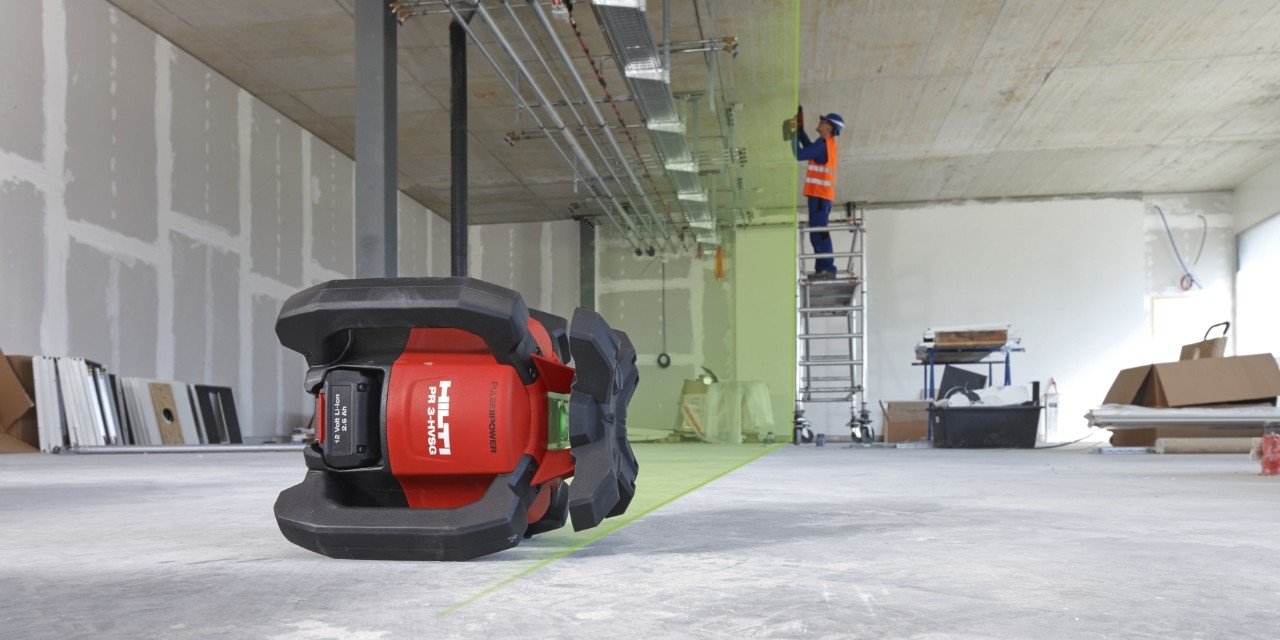Wiki
Clone wikiLaser Level Tool / Easy Steps To Check Laser Level Accuracy
The laser level has removed the need of numerous tools and has made a few processes obscure and archaic. To some extent, it also gets rid of the margin of human mistakes, which ends up in higher outcomes. I said a few extent due to the fact if the accuracy of the laser level isn’t calibrated, there may be issues.
However, before we talk about the best ways to check laser level accuracy, allow us to take a quick have a look at the working of the laser level. The laser level consists of a solid state device called a diode that releases a focused beam of light. These light emitting diodes are also contained in televisions and hand-held remote controls.

Generally, a laser beam is a beam of light that has been transferred through several prisms and mirrors to be directed in a certain direction.
This laser beam emitted by the laser level is generally green or red in color, directed in the vertical or horizontal plane and in most instances is used as a virtual chalk line. The size of the laser beam varies with the kind of diode utilized in the laser level. Usually, the smaller size laser beam should be preferred as it's far more precise and clear to see.
The rotary laser level, that is probably the best construction laser level, features a little complicated function compared to line laser level. With rotary laser level, the beam of laser is generated in a 360 degree angle. The rotation of the light is fast enough to show a horizontal plane. This is completed with the aid of a spinning head which has a mirror to sweep the laser beam in a single plane.
Although the accuracy of the builder laser level can’t be questioned then again tools can still inaccurate when the leveling isn’t done properly. At this point, if you use a simple model of rotary laser level , you have to depend on manual leveling . As the article title suggests, you should do leveling by yourself by counting on your eyes. It may appear to be easy to understand but more than often your eyes could possibly fail you, which leads us to another kind of leveling. In self-leveling, the laser level incorporates couple of magnets and pendulum to perform the job. Undoubtedly, it is a lot more exact when compared to manual leveling.
There is a different type of leveling which is more precise than the self-leveling. This leveling is known as the automatic leveling. The laser levels using this method of leveling feature servo motors that automatically guarantee that level has the maximum accuracy.
At this point, if you find yourself choosing a laser level that applies any of the last two kinds of leveling, more than often your test results will be precise. This is not telling manual leveling isn’t reliable enough but the chances of making miscalculation are a bit more possible.
When shopping for a laser level, you should read laser level reviews carefully to know which type of laser level you should buy.
For this reason, it is crucial that you calibrate your laser level before working with it to ensure that the final results are just right. Following are the actionable steps to be implemented for the calibration of the rotary laser level.
- Begin by setting up your manual rotary laser level. You can put it on an even surface or fix on the tripod. Also, the room should have two opposite walls for the calibration to work.
- Now, you need to place your laser level device around one inch away from the wall. The distance from opposite wall has to be around twenty inches.
- You may find that your tool is equipped with vials that have to be used for the orientation. Install your unit in such a manner that vials direct to both walls and the axis of the vials matches with the plane that you want laser beam emitted in.
- Also, your unit will include two screws that correspond to each vial. Adjust these screws to make your device level according to the projected plan. It is easy to check this by checking whether vials have bubbles resting between two black lines. If yes, your tool is level.
- Switch on the laser level.
- On both walls, mark spots where the laser level hits.
- Next, set the laser level about an inch from the wall it was further from earlier.
- Now, you must adjust the laser level in such a way that laser projection corresponds with the spot you have made on the wall that in nearer now but was further away earlier.
- Walk to other wall (near which earlier you had placed laser level). Check spot where laser level hits right now.
- Now, if the difference between the earlier spot and the new spot is less than or similar to your unit’s specified accuracy, then your laser level is accurate.
- If the difference is a lot more than described, choose a spot that hits halfway between the two marked points.
- Remove the screw cap for the vial and tune the vial in such a way that laser light hits at the new spot.
- Your laser level is successfully calibrated now.
Updated